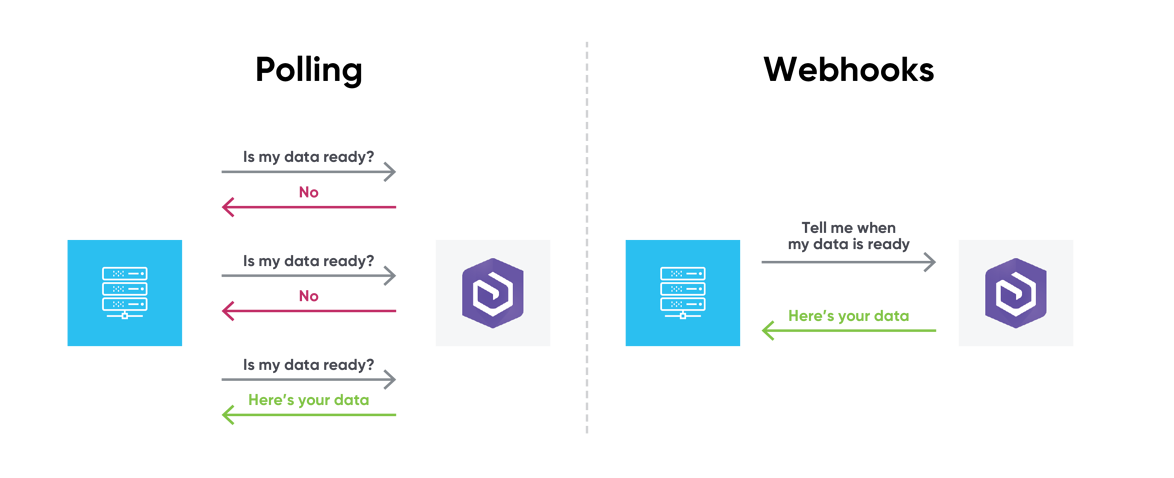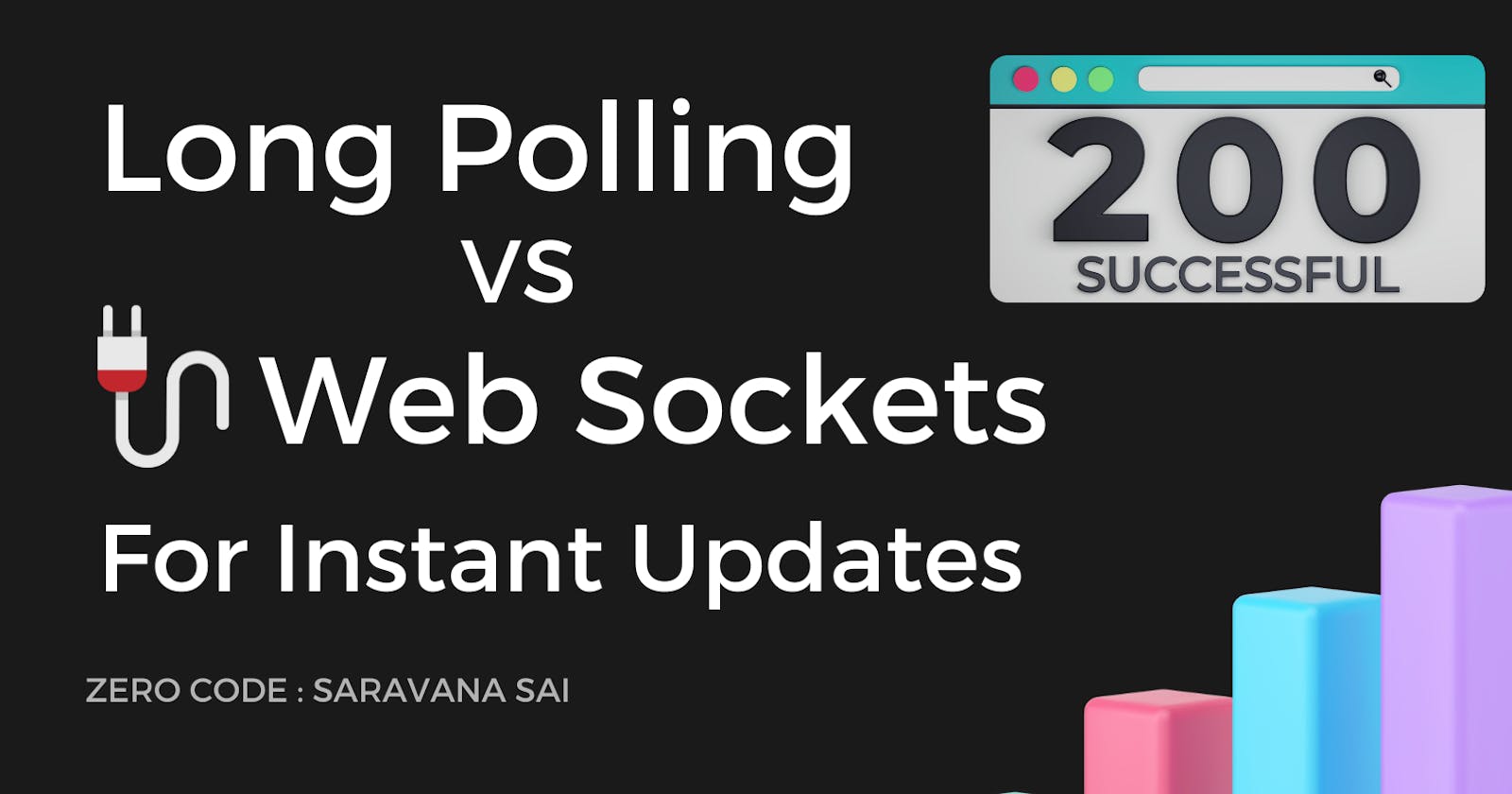Long Polling vs WebSockets for Real-Time Updates
Web Sockets vs Long Polling: What should you choose for your application?
Introduction
This article explains the operational complexity of WebSockets and Long Polling using real-world examples to understand Long Polling & WebSockets in system design. What should you choose for your application?
Web Sockets
A WebSocket is a long-lived persistent TCP connection between a client and a server, providing a real-time full-duplex communication channel. These are often seen in chat applications and real-time data applications.
Their handshake or connection is established only once between the client & server. It reduces the overhead cost of re-establishing the link on every request like HTTP.
Polling
Polling is a process of repeatedly sending requests to the same endpoint and comparing subsequent responses you receive to determine if there is updated information.
While polling, there will always be an interval between requests that creates a delay in receiving an update. Approximating real-time feedback with polling would require a lot of resources and incur high costs.

Long Polling
Long Polling is the same as polling but a client initiates a TCP connection (usually an HTTP request) with a maximum duration of 20 seconds. If the server has data to return, it returns the data immediately. If not, the server pauses the request thread until data becomes available at which point it returns the data to the client.
I hope now you have got a good idea about Long Polling & WebSockets.
What should you choose for your application?
There is a debate on when to use long polling or WebSocket protocol. Both have their benefits and limitations and are often used for different purposes. In this section, we will discuss the key benefits of both long polling and WebSockets.
Analysis
WebSockets are Full-Duplex meaning both the client and the server can send and receive messages across the channel. Long Polling is Half-Duplex meaning that a new request-response cycle is required each time the client wants to communicate something to the server.
Long Polling usually produces slightly higher average latency and significantly higher latency variability than WebSockets.
Pros of WebSockets vs long polling
Reduced Resource Utilization: WebSockets maintain a persistent connection between the client and the server, reducing the overhead of establishing a new connection for each real-time update. The constant connection reduces resource utilization on the client and server-side regarding network bandwidth, memory, and CPU to achieve real-time communication.
Improved Scalability: Due to the nature of WebSockets and its bidirectional communication between the client and the server, the server can push updates to the client in real-time, reducing the number of requests sent. Long polling must re-establish a connection every time the client needs new information. As the user base scales, this can put a lot of strain on an individual server.
Advanced Functionality: WebSockets provide full-duplex communication channels that achieve real-time data transfer and low latency. Long polling is sometimes considered only a half-real-time solution and not ideal for high-traffic scenarios or use cases that require real-time updates. Advanced functionality brings a smoother end-user experience as they will receive more seamless updates to their application.
choose long polling over WebSockets
Long polling and WebSockets are generally used in cases where real-time updates are required. Some examples include in-app chat, real-time pricing, geo-tracking, and IoT.
Long polling provides benefits over WebSockets in use cases with low-frequency real-time updates. These benefits are because long polling is a half-real-time solution where the connection needs to be re-established. Additionally, as mentioned above, if users are in an environment with low bandwidth or an unstable network provider, long polling is architected to re-establish the connection with no additional complications.
choose WebSockets over long polling
WebSockets are better suited for applications that require high-frequency updates. Examples include chat applications or real-time data feeds.
The persistent connection allows for efficient transmission making it a more seamless experience for the end user. Multiplayer games and collaboration tools generally use WebSockets as well.
The bi-directional two-way communication allows the server to signal the client, which can be beneficial for receiving real-time updates from other clients.
Scaling
In terms of scaling, or when a user base starts scaling, it is ideal to switch to the WebSocket protocol. The strain on an individual server will become too large if the client base uses long polling technology. Sending a request every 20 seconds has poor utilization and will cause the server to slow down over time, increasing latency per request.
Conclusion
WebSockets are appropriate for many applications which require consistent low latency full duplex high-frequency communication such as chat applications. However, any WebSocket architecture that can be reduced to a half-duplex problem can probably be remodeled to use Long Polling to improve the application’s runtime performance variability, reducing operational complexity and promoting total systemic stability.
I hope you got valuable information today. For more content like this like & share in your communities.
